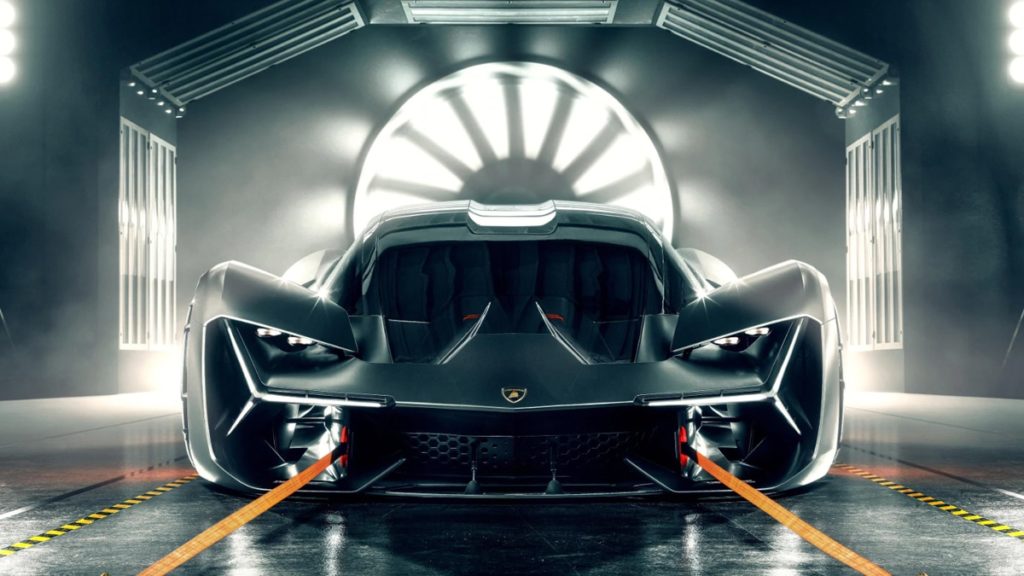Grid losses are usually in the 8-10% range, but apart from that, I don't take issue with the high level look.
The problem with electric cars is two-fold.
As
@MadMummy76 points out about mining - it's not a problem if a few people do it, but it's a huge problem if a lot of people do it. Looking at kWh is one way, and it's true, we'd need more power plants online. But there's also peak power draw. If everyone were able to stagger their charging, it wouldn't hit so bad. But it will go in cycles, just like our current energy use patterns do. I don't know what that pattern will look like - we can ~hope~ that most people would charge their vehicles at night at home, and that it would compliment what is currently a peak usage during the afternoon. Time of Use rates will shift pretty dramatically to reflect whatever the usage period ends up being, to try and encourage balancing the use by charging the highest rates when the production is strained the most. A ramp up to full electrification in less than 10 years is extremely aggressive -- we can get new power plants online inside of that time, but at least in the US, we can't build transmission that fast. It takes decades to run long-distance transmission (thank the overly-complicated system of permitting, environmental reviews, NIMBY, and eminent domain). A slow ramp would work out better, easier to adjust to, and changes would be much less severe, but we have arbitrarily set this deadline, thinking it will reverse climate change (it may help slow it down, but I think we are beyond reversing it no matter what we do). I don't think these changes will be as severe as the biggest of the naysayers think, but it will be bigger than "no big deal"
The second is that, for similar reasons, we want to shift our electric generation to renewable sources. They are not on-demand. They only work when the sun is shining or the wind is blowing or the tide is turning. That's semi-reliable in some areas, but not foolproof. So we are trying to overhaul an electric grid on the same time table as vehicle electrification. That takes storage of some form -- and most commonly, competing with the exact same storage that vehicles need for electrification. Now you have competing market forces for the same constrained resource, both on the same arbitrary time table. We already see very large and detrimental effects of shifting to renewables too fast in California (not wildfires, but rather in something called the
Duck Curve) and, along with wildfire liability, is driving electricity prices through the roof out here in CA. And you still have all the grid problems mentioned above, but multiplied out because they will exacerbate each other.
I never really cared for Obama as president, but he did have a smart energy policy. We need to be "All of the Above" - and that goes with vehicles as well. Nothing wrong with electric vehicles, but I also think there's nothing wrong with Hybrids or with efficient ICE. And I love renewable power, but I wouldn't want to rely on just renewable in the middle of a blizzard or hurricane. We need to encourage energy diversity, invest in efficiency sources of all types, and encourage development and research of all types.


